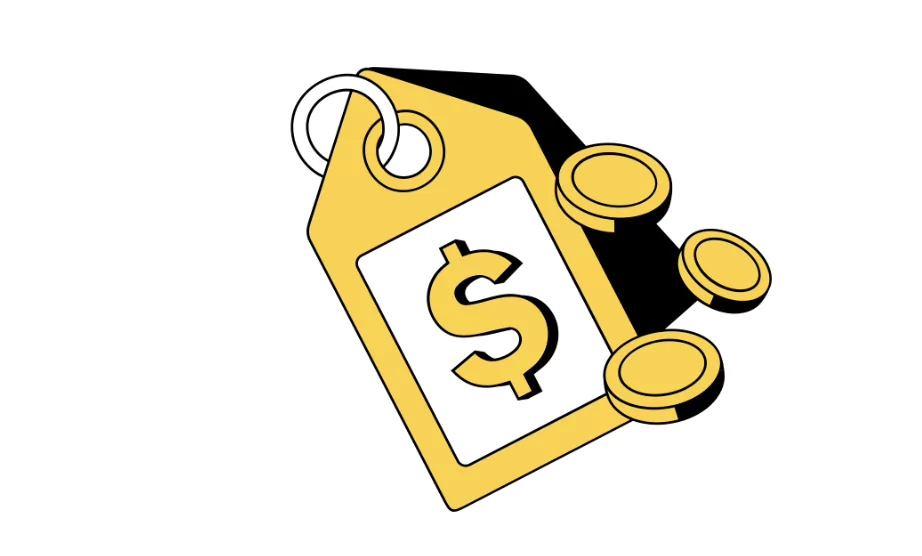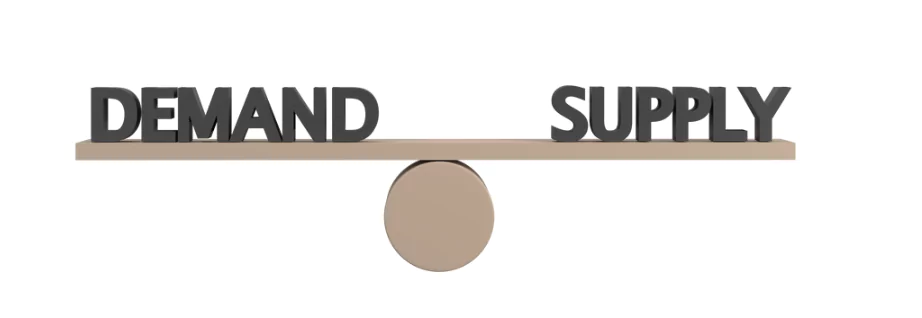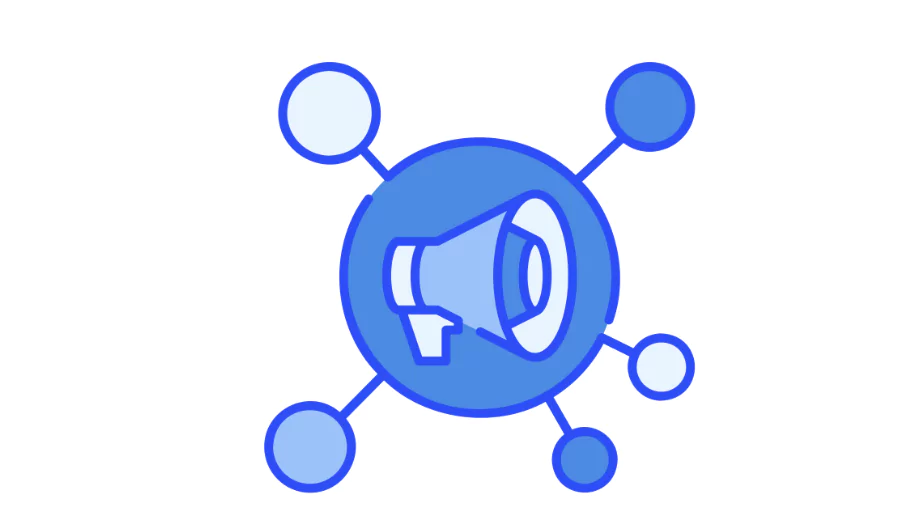Its Product pricing which helps businesses decide its price marks and the market price which justify the cost of a particular product in the market. Businesses use a wide range of pricing techniques for their products. Prices need to be determined for various purposes such as development expenses, product market, consumer demand, market conditions, and more.
It is important for companies to figure out their price of the product before they move ahead with their planned strategy of action i,e. GTM (Go to Market). In this blog, we will learn about product pricing, its types, and factors.
What is Product Pricing?

Product Pricing is the process of deciding the selling price of a product or service considering all costs associated with the product, especially the development costs, accessories, and more. Also, while pricing it is important to ensure that price must be decided keeping in mind that the users are willing to pay.
Read More: Product Vision: How To Define Yours In 4 Steps?
Objective of Product Pricing
The major objective of the Product pricing process is to decide or match the value of a product or service based on their market value, customer demand, and users to maximize the profits while taking hands on competitive pricing too.
- Product pricing takes into account all variables and costs incurred during the development of the product along with the market pricing and demand.
- The market demand of a product or service is one of the major considerations for deciding the price value of a product. If the demand increases product price also shoot up.
- Sometimes companies also keep cheap product prices to attract the interest of a group of people in the market. Due to this companies can raise demand for a product which will increase sales of the product.
- Some products due to their high manufacturing costs and technical complexity are comparatively higher than other products or services.
Read More: Product Manager vs Project Manager: What Is the Difference?
Example for Product Pricing Method
Suppose you are starting a small business selling handmade candles. Now for cost calculation you start with considering the manufacturing of the end product i,.e. candle. You might need wax, packaging materials, labor time to evaluate the price.
Consider the external factors like demand in a specific area or competitors’ product reviews along with their price tag. Analyse your profit margin based on your organisation objective. All these factors are important before quoting the final price of the product to ensure that you are not in loss and keep your business sustainable. This helps you compete with the market positioning of the product.
Types of Product Pricing
There are different types of product pricing which includes some of the mentioned below.
1. Cost-Plus Pricing
This is a beginner friendly type of product pricing which includes the most basic method. In this method, you add only a fixed profit margin to the cost of making your product. The deciding fixed margin is completely based on product owners or team.
For example, if it costs ₹80 to make a hand made candle and you want a 25% profit, you’ll sell it for ₹100. It’s simple and ensures you make money on every sale.
2. Competitive Pricing
This type of product pricing give more focus on the pricing module followed by the competitors in the same segment. If you are new in the market and your competitor is selling similar product at a price rate of ₹100 then you can keep your price around ₹80-₹90 to attract the interest of the customers. You can display the discount and advertise it as a limited time offer to attract more customers for your product in the market.
Read More: What is Product Market Fit? | Definition and Examples
3. Penetration Pricing
This pricing method is commonly used while launching a new product in the market. Owners set a comparatively lower price for the product to build market share and customers quickly. When you are at a good position and gain enough attention you can gradually increase the product price.
4. Skimming Pricing
This pricing method follows an opposite method where they set a comparatively higher price for the new product at the time of launching with few offers on the product. With each passing time as competitors enter or demand slows down then you can lower the price and recover early investment beforehand.
5. Value Based Pricing
This method is used to set the product price based on its worth in the customers eyes. If people love your product and your product sells out in no time then these customers might be willing to pay you more even a little more margin than the cost incurred in making the product.
6. Psychological Pricing
This method is used to keep product pricing based on people’s emotions i,e. Psychology tendency. For instance, you must have seen multiple products in the market pricing their product at ₹99, ₹999, or ₹9999 instead of ₹100, ₹1000 or similar tags. Because this makes the product look cheaper in the eyes of customers and they tend to buy it even if the difference is merely ₹1.
7. Bundle Pricing
This type is generally for the wholesale products when owners list multiple products together at a lower price instead of buying them separately. For example, you can easily find combo offers or discounts on multiple products listed as, when you buy a candle set of 3 for ₹200 instead of ₹100 each.
This product pricing method takes a strong attention of the customers who end up buying the product even in larger quantities due to the discount offer listed on the combos.
Read More: Product Concept: Definition, Types And Examples
8. Premium Pricing
This pricing segment is used for pricing the luxury products which might involve ornamentals, cars, branded clothes, or more. The high price on the product is kept to reflect the status and exclusivity of the product. Customers often believe that a higher price means better quality.
9. Auction Type Product Pricing
This type of product pricing is generally used for second hand goods or used products. This method of pricing is becoming more popular in recent days with platforms such as OLX, eBay, Cashify, Quickr, and more use their websites to sell different categories of products.
Factors Important In Product Pricing
Check some of the major factors important in setting up product pricing.
1. Costs

Make sure that the product pricing exceeds the amount you invested in making the product. This is very much important to keep the business up and running. Some major costs include product development costs, production cost, transportation costs, allocation costs, product revision costs, and more.
2. Market Demand

Getting familiar with the Market demand can be a deciding factor as this helps decide how much consumers are ready to pay for the product and set the prices accordingly.
3. Target Audience

The target audience are the people who actually need your product. Make sure the prices justify your product use cases and are not too overpriced for your target audience.
4. Distribution Channels

Businesses have to take into consideration appropriate channels to distribute the products in the market. There are many channels including D2C platforms i.e. direct to consumer, digital retailers, online merchants, and more.
Read More: What is Product Marketing? The Ultimate Guide
Steps Involved In Product Pricing
Let us check some of the major steps involved in product pricing below.
1. Calculate all variables for each product
In the first stage of setting up product pricing for your product keep a track of the costs incurred on producing and selling each product. You have to start from here and then go to other major factors of the variables.
You have to take into consideration the following components i,e. Material costs, packaging costs, sales emissions, employee labor, overhead costs, transaction fees, marketing costs, and more.
2. Include a Profit Margin
In this stage you have to set a profit margin based on various factors of product i,e. Its usability, market value, competitors reference, cost per product. All these factors can help you decide your feasible profit margin on the product.
| Final Price = Variable Cost per product/ 1- Your Desired Profit margin on the product |
This formula above can help you decide the final cost of the product. For example, consider the total cost incurred in building a product from scratch was ₹1000. Now you want a profit margin of 15% then use it as 0.15. Now, calculate the product pricing below. Final Price = 1000 /1 – 0.15 = 1000/ 0.85 = 1176.47 which must be the final price of the product.
3. Assess the Market
After setting up your desired margin you have to examine the market and make sure that the price is reasonable and good to go ahead with it. It is up to you then whether you want your product at lower cost or higher cost after competitor analysis.
You can evaluate the product level and demand in the market and then judge whether the price you kept i,e. Final price is reasonable enough for the market.
4. Set and Monitor
Now, your product or service is ready to be launched in the market with the product pricing available for customers to buy the product.
You have to keep an eye on how the product is behaving whether or not the target is met. You can anytime reduce the product pricing if the sales are not as expected.
Pros of Effective Product Pricing
Let us check some of the major benefits of product pricing methods below.
- Smart product pricing methods can help product owners to ensure that all their product development costs are covered in the pricing of the product or services.
- Pricing affects the profit you make on your product and hence product pricing gives you a justified window for pricing your product.
- Your product price attracts the right set of customers and if they match the expectations, sales might shoot up.
- Smart pricing can drive more sales in a short span of time.
- If the pricing and quality stands on the expectations of your users then demand will rise exceptionally.
- Pricing can be a deciding factor to achieve the business goal and beat competitors in the market.
Learn Product Management With PW Skills
Learn everything you need to become a productive Product manager with the power of Artificial intelligence. Master industry skills with PW skills Product Management Course. This program gets you through an easy roadmap for getting job ready skills and hands-on learning.
Get an advanced in depth learning completely based on smart agile methodologies and conduct strategic planning, market analysis, and more to maintain product market fit.
Still Not Enough?
- Prepare for your interview with guidance from dedicated mentors
- Get dedicated resume building sessions with mentors.
- Get industry recognised certifications and discover a wide range of opportunities in Product management only at pwskills.com
- Build a job ready profile with PRD from the scratch and work on a capstone project to strengthen your portfolio.
Product Pricing FAQs
Q1. What is Product Pricing?
Ans: Product Pricing is the process of deciding the selling price of a product or service considering all costs associated with the product, especially the development costs, accessories, and more.
Q2. Why is product pricing important?
Ans: Product pricing help product owners decide the ideal price of their products or services considering all major factors such as development cost, market trends, competitor analysis, and more.
Q3. What are the four types of product pricing?
Ans: Cost plus pricing, penetration pricing, value based pricing, skimming price, bundle pricing, competitive pricing, premium pricking are some of the major types of product pricing.
Q4. What is penetration product pricing method?
Ans: This pricing method is commonly used while launching a new product in the market. Owners set a comparatively lower price for the product to build market share and customers quickly.

